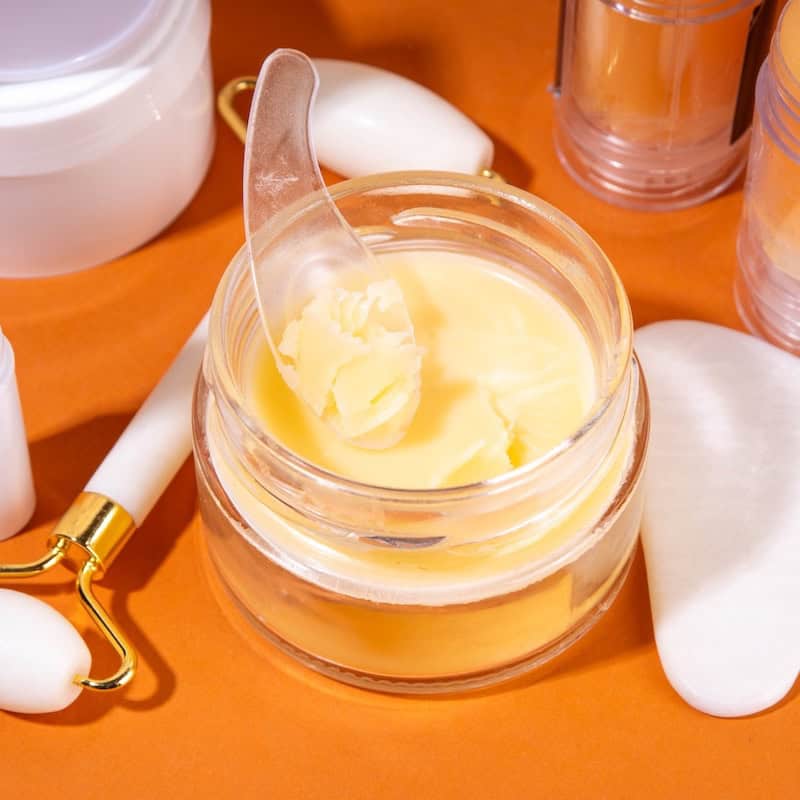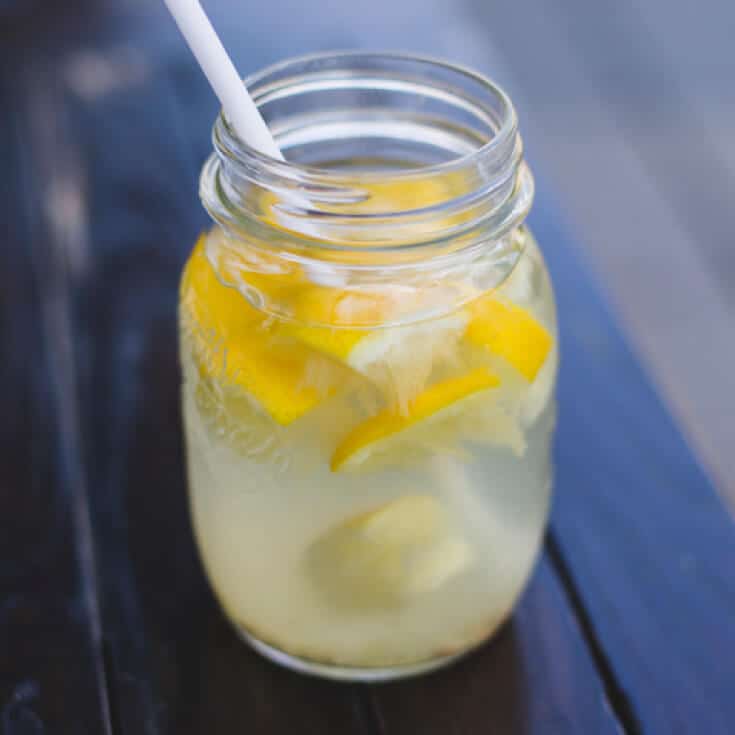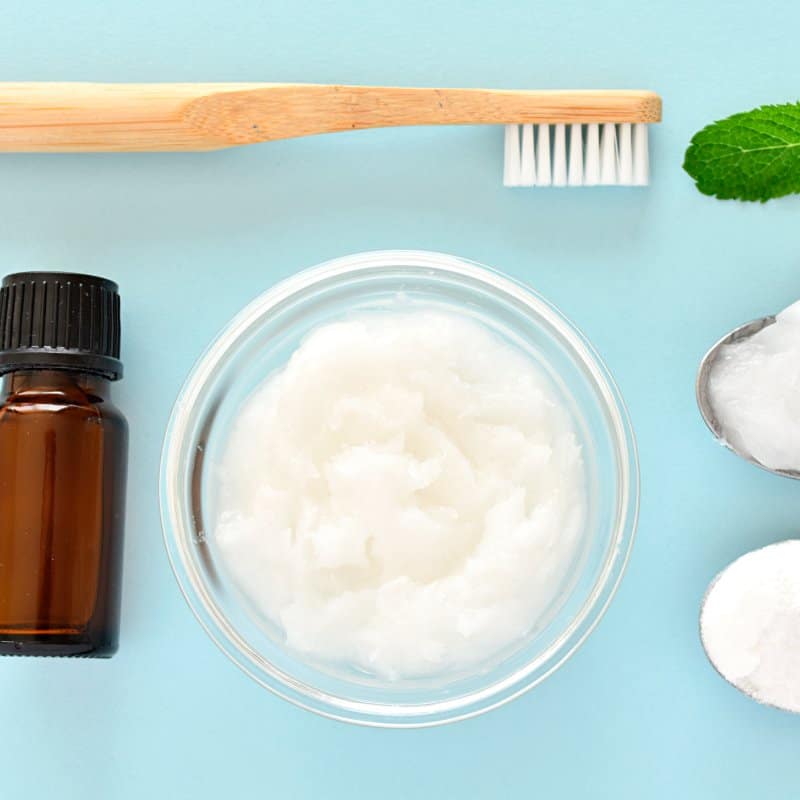This Dr. Axe content is medically reviewed or fact checked to ensure factually accurate information.
With strict editorial sourcing guidelines, we only link to academic research institutions, reputable media sites and, when research is available, medically peer-reviewed studies. Note that the numbers in parentheses (1, 2, etc.) are clickable links to these studies.
The information in our articles is NOT intended to replace a one-on-one relationship with a qualified health care professional and is not intended as medical advice.
This article is based on scientific evidence, written by experts and fact checked by our trained editorial staff. Note that the numbers in parentheses (1, 2, etc.) are clickable links to medically peer-reviewed studies.
Our team includes licensed nutritionists and dietitians, certified health education specialists, as well as certified strength and conditioning specialists, personal trainers and corrective exercise specialists. Our team aims to be not only thorough with its research, but also objective and unbiased.
The information in our articles is NOT intended to replace a one-on-one relationship with a qualified health care professional and is not intended as medical advice.
What Is a Humectant? How It Benefits Your Skin & Hair
February 24, 2022

If you’re using a skin or hair product for its moisturizing properties, it likely contains a humectant. Humectants are water-attracting ingredients that draw moisture to the outer layer of skin, helping relieve dryness and improve complexion. You’ll find them in cleansers, creams, serums and balms.
If you are looking to enhance your natural skin care ritual, learn a little more about humectants and which ones are best for your skin and hair needs.
What Is a Humectant?
A humectant is a moisturizing agent that locks moisture into your skin and hair.
Humectants pull water from the second layer of skin, called the dermis, and bring it to the top layer, called the epidermis. This keeps the outermost layer well-hydrated, improves complexion and smooths out fine lines.
You’ll see a humectant as an agent in:
- cleansers
- lotions
- creams
- face masks
- eye creams
- serums
- lip balms
- frizz serums
- foot balms
Types and How They Work
Humectants work by attracting water and drawing it into the skin or hair in order to maintain healthy hydration. Some humectants for skin work as exfoliators that remove dead skin cells and debris first, leaving you with a smoother complexion and allowing for cell turnover.
There are several types of humectants, and studies show that they all work a little differently, so it’s important to know the differences before using a product on your body. The most commonly used humectants include:
- Alpha hydroxy acids (AHAs): Alpha hydroxy acids are a group of acids derived from plants and animals. They are used in skin care products for their anti-aging properties, which help smooth the skin, exfoliate dead skin cells and debris, and improve cell renewal and texture. You’ll find AHAs in face washes, toners, creams, lotions, peels and serums.
- Salicylic acid: Salicylic acid is part of a group of compounds called salicylates. Its structure allows it to be oil-soluble, which means that it can penetrate through our oily, lipid layers of skin to help unclog pores and remove dead cells. In addition to its uses in skin creams, ointments and serums, salicylic acid is also used in shampoos to exfoliate the scalp and improve dandruff.
- Urea: Urea is a naturally occurring waste product that’s produced on the skin when the body breaks down proteins. It’s part of the skin’s natural moisturizing factor because it keeps hydration balanced in the most outer layers. Synthetic urea is used as a humectant in topical creams and cosmetic products. The best known urea cream available in urea 40, which is used for extremely dry and cracked skin.
- Hyaluronic acid: Hyaluronic acid is a lubricating substance that’s produced naturally by the body. It’s found in the greatest concentrations in the skin and helps retain collagen, increase moisture, and provide elasticity and flexibility. It’s used as a humectant in body care products and available in supplement and eye-drop forms.
- Glycerin: Glycerin is a natural compound that comes from animal fat or vegetable oils, such as palm, coconut or soybean oil. It’s used most in skin products, such as soaps, creams and serums. You will also find glycerin in condiments and commercial baked goods.
- Caprylyl glycol: Caprylyl glycol is an alcohol that’s derived from caprylic acid, which comes from coconut oil, palm oil and cow’s milk. Although glycol occurs naturally, it’s often synthetically produced to be used in body and hair care formulas. It’s often used as a skin hydrator in moisturizers, face masks and other cosmetics.
- Aloe vera: Aloe vera gel is the jelly-like substance that’s found in the inner part of the plant. It has soothing, nourishing and moisturizing effects on the skin and hair. Aloe vera is often used as an ingredient in products made to improve dried scalp, burns, rashes, wounds, dryness and skin irritations.
- Honey: Honey is a natural humectant that has nourishing, soothing and antioxidant properties. It helps fight wrinkles, dandruff, psoriasis, diaper rash and infections. You’ll find honey in cleansing milks and masks, creams, lotions, shampoos, wound-healing ointments, and after-sun balms.
Related: Polyglutamic Acid: A Powerful Moisturizer That Reduces Signs of Aging
Benefits
1. Boosts Hydration
Humectants attract water and help prevent moisture loss, thereby serving as excellent hydrators. Humectants for hair and skin are best known for their moisturizing effects and ability to leave skin softer and smoother.
A study published in Skin Research and Technology found that a humectant-rich formula made with 15 percent AHAs and 15 percent urea effectively relieved xerosis (abnormal dryness) on the feet without weakening the skin barrier function.
2. Serves as Skin Barrier
Humectants help fill in cracks and dry, rough skin with water, which serves as a barrier and won’t allow harmful substances to enter the skin.
A 2017 study involving 20 healthy women concluded that a formula containing 1 percent hyaluronic acid and 5 percent glycerin significantly improved skin hydration and skin barrier function for up to 24 hours after use.
3. Removes Dead Skin Cells
Many humectant ingredients work as exfoliators that reduce dead skin cells, debris and pollutants. These humectants help unclog pores and remove buildup that can leave your skin looking dull.
They can be used on very rough, cracked and dry areas as well, including the heels of your feet.
Research highlights how some humectants, such as AHAs, work to increase cell renewal, while improving skin firmness and elasticity.
4. Boosts Wound Healing
Some humectants help support wound healing because of their soothing properties. Honey, for instance, has been shown to condition the skin, reduce inflammation and fight oxidative stress, which is why it’s often used in dressings for wounds and burns.
5. Reduces Fine Lines
Because of their “plumping” effects, humectants smooth out fine lines and wrinkles on the face. Consistent use of a gentle product containing a humectant will hydrate the skin and help reduce signs of aging.
Risks and Side Effects
It’s not uncommon for synthetic humectants to be used in skin and hair products because they are cheaper to produce and can prolong the formulas’ shelf lives. Synthetic humectants help hydrate the skin, but they don’t provide the skin with nutrients and may draw so much water from the second layer of skin that it causes dryness.
It’s ideal to choose a product from a trustworthy company that’s made with natural ingredients.
The beauty of humectants is that they attract water from the environment, but if you’re in a very dry area, they’ll use the moisture from within your skin and bring it to the surface. Using a product with an occlusive (like shea butter) can help lock that moisture into the skin so you don’t experience dryness.
Humectants are generally well-tolerated, but if you experience adverse effects from a product that contains a humectant, discontinue use immediately.
Dosage and How to Use
Many times, humectants are not the active ingredient in a product. A humectant is used to provide better consistency and help hydrate the skin and hair, but it probably won’t be at the very top of the ingredient list.
Some humectants, like caprylyl glycol, are used “behind the scenes” in formulas to serve as stabilizers and preservatives, too.
Typically, products containing humectants are used once or twice daily. You don’t want to over-apply these ingredients, especially on dry days, because they can actually cause dryness if there’s little moisture in the air.
Applying a product containing a humectant while your skin is clean and still slightly damp can enhance its effects.
What to Look for in a Product
When you’re looking for a humectant product, the first thing to consider is your specific skin or hair goals. Do you want to promote hydration, rid the skin of dead skin cells, fight fine lines or get rid of dandruff?
There are so many types of humectants, so you’ll want to choose the ingredient that’s perfect for your needs.
- Best for dry skin: Aloe vera, urea, honey, glycerin
- Best for clogged pores: Salicylic acid, alpha hydroxy acids
- Best for fine lines and wrinkles: Caprylyl glycol, hyaluronic acid
- Best for dandruff and dry hair: Salicylic acid, honey, caprylyl glycol, aloe vera
As always, choose a product that’s made by a reputable company and contains all-natural, gentle ingredients. Avoid products that are made with preservatives or fragrances, as they may cause adverse reactions or make skin issues worse.
Sometimes, humectants are paired with occlusives in skin care formulas. While humectants attract water and draw it from the second layer of skin, occlusives provide an oil or lipid barrier on the outer surface of the skin so hydration isn’t lost. Some commonly used occlusives are shea butter, mineral oil and lanolin.
Conclusion
- A humectant is a moisturizing agent that locks moisture into your skin and hair, using water from within the skin or the environment.
- There are several types of humectants for hair and skin, so choosing a product with the right ingredients for your needs is important. Some of the most commonly used humectants are aloe vera, honey, alpha hydroxy acids, glycerin and urea.
- Formulas containing humectants are typically applied one to two times daily or as indicated on the product label. It’s best to apply humectants when your skin is still slightly damp and there’s moisture in the air.










